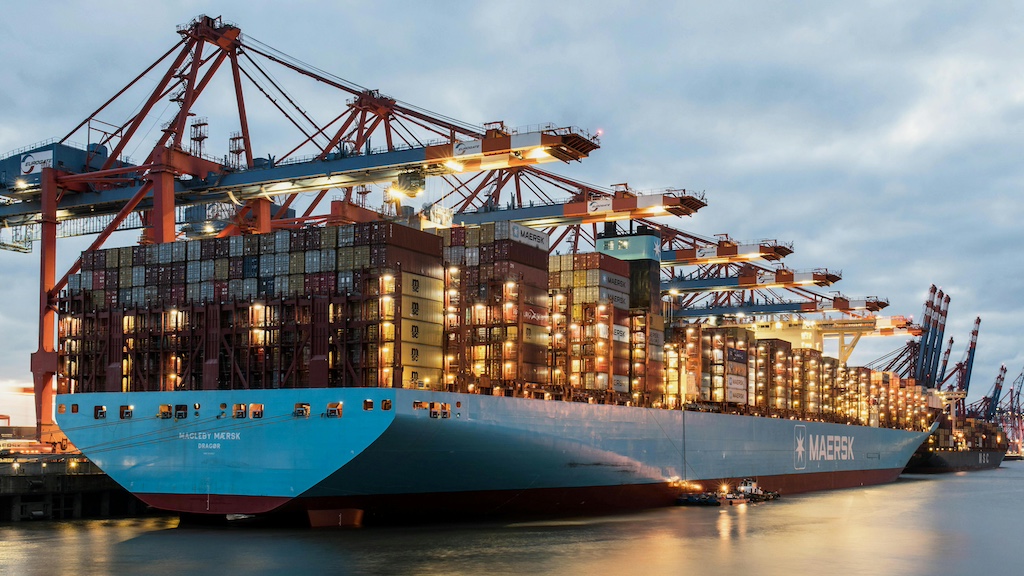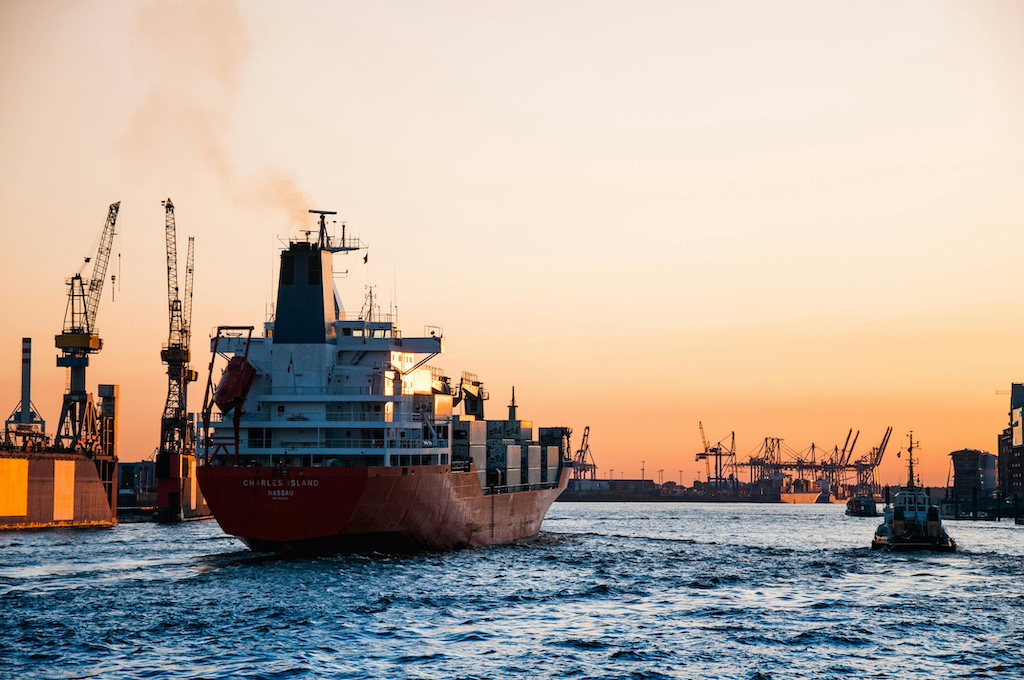Emission Regulation in the Maritime Industry
The maritime industry plays a key role in global trade. However, it has historically contributed to air pollution through SOx and NOx emissions. These pollutants result from the combustion of heavy fuel oils, leading to acid rain, respiratory problems, and marine ecosystem degradation.
Recognizing these impacts, the International Maritime Organization (IMO) took the initiative to regulate emissions and promote sustainable practices. IMO adopted MARPOL Annex VI, which sets global standards for controlling air pollution from ships. This regulation entered into force in 2005 and has undergone multiple amendments to address emerging environmental concerns and technological advancements.
MARPOL Annex VI Provisions and Global Emission Limits
MARPOL Annex consists of six technical annexes aimed at preventing pollution from ships. It is part of the International Convention for the Prevention of Pollution from Ships (MARPOL). The International Maritime Organization (IMO) adopted this convention in 1973. It was later updated through the 1978 Protocol. MARPOL Annex VI outlines specific provisions targeting the reduction of SOx, NOx, and other harmful emissions. Key elements include:
-
- Sulfur Content Limits in Fuel Oils
- A global sulfur cap of 0.50% m/m (mass by mass) effective from January 1, 2020.
- Stricter limits of 0.10% m/m in Emission Control Areas (ECAs), including the Baltic Sea, North Sea, North American coasts, and the Caribbean Sea.
- NOx Emission Standards
- Tier I, II, and III standards regulate NOx emissions based on engine size, type, and operational zones.
- Tier III standards apply to ships operating in ECAs, mandating significant reductions in NOx emissions.
- Energy Efficiency Measures
- Introduction of the Energy Efficiency Design Index (EEDI) for new ships to promote fuel-efficient designs.
- The Ship Energy Efficiency Management Plan (SEEMP) to enhance operational performance and reduce fuel consumption.
- Sulfur Content Limits in Fuel Oils

https://www.pexels.com/photo/cranes-over-a-container-ship-20581301/
Technology and Solutions to Comply with Maritime Industry Regulations
To meet stringent emission standards, shipowners and operators are adopting advanced technologies and cleaner fuels. Key solutions include:
- Scrubber Systems Exhaust Gas Cleaning Systems (EGCS) or scrubbers remove sulfur from exhaust gases, enabling vessels to use high-sulfur fuels while complying with emission limits.
- Low-Sulfur Fuels and Alternative Fuels Switching to low-sulfur marine gas oils (MGO) or alternative fuels like liquefied natural gas (LNG) reduces SOx and NOx emissions.
- Selective Catalytic Reduction (SCR) and Exhaust Gas Recirculation (EGR) SCR systems convert NOx into nitrogen and water vapor through catalytic processes, while EGR recirculates exhaust gases to reduce NOx formation during combustion.
- Renewable Energy Integration Wind-assisted propulsion, solar panels, and battery storage systems are gaining traction as sustainable solutions to minimize reliance on fossil fuels.
- Marine Urea Solution Technology Marine Urea Solution, a urea-based solution, is widely used to reduce NOx emissions in selective catalytic reduction systems, ensuring compliance with MARPOL Annex VI standards.
The implementation of sulfur and NOx emission regulations in the maritime industry represents a significant step toward sustainability and environmental protection. Through MARPOL Annex VI, the IMO has established robust standards that encourage innovation and cleaner technologies. As the industry continues to evolve, investments in advanced solutions and adherence to global standards will drive a greener maritime sector.
Read other Articles: Global Effort for Clean Air: International Emission Standards

